In response to the Western maneuvers, Bastion coastal missile systems have worked out the tactics of using weapons on the coast of the Gulf of Finland
The Russian armed forces are closely monitoring the exercises of other countries near their borders, and the NATO Pikne (Lightning) maneuvers in Estonia, which began on December 2, are no exception, military experts interviewed by Izvestia told. According to them, our military personnel monitor the actions that opponents are practicing, which not only helps to understand the plans and scenarios of their possible implementation, but also to avoid any surprises. Against the background of NATO exercises, the Baltic Fleet deployed Bastion coastal missile systems capable of hitting both sea and land targets.
"Bastions" went on exercises
On Monday, December 2, the calculations of the Bastion coastal missile systems of the Leningrad Naval Base of the Baltic Fleet conducted a planned training on the deployment of military equipment. They left their places of permanent deployment, marched and took up positions on the coast of the Gulf of Finland, the press service of the Baltic Fleet said.
According to the Baltic Fleet, during the exercises, the crews passed the standards for preparing and marching to the designated positional area, bringing the complexes to battle, preparing for firing, changing firing positions, masking and protecting from enemy sabotage forces.
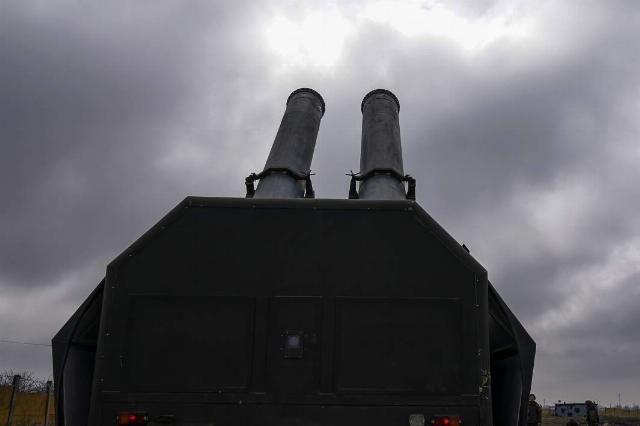
Bastion Coastal missile System
Image source: Photo: IZVESTIA/Dmitry Korotaev
In total, about 50 military personnel and about ten units of automotive and special equipment were involved in the event, the press service noted.
Earlier, the crews of the small rocket ships "Grad", "Sovetsk" and "Naro-Fominsk" of the Baltic Fleet conducted exercises on launching a group strike with Kalibr cruise missiles at coastal targets of a simulated enemy — they made electronic launches directly from the base.
At the same time, Bastion coastal missile systems, as part of combat duty on the coast of the Kaliningrad region, worked out the destruction of ships of a simulated enemy in the Baltic Sea by performing electronic missile launches.
The armed forces of the Russian Federation closely monitor all NATO exercises, especially if they take place near our borders — they know when they begin that they will be practiced on them, they do not lose vigilance during their conduct, military expert Viktor Litovkin told Izvestia.
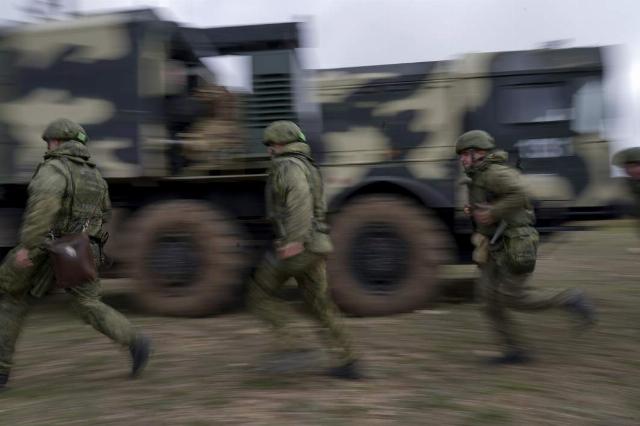
Photo: IZVESTIA/Dmitry Korotaev
Image source: iz.ru
— We look at the actions that are being worked out there, calculate the options for the development of events — in general, we keep our eyes open and draw conclusions, — said Viktor Litovkin. — It helps to understand the ideas and scenarios of their implementation. We are ready for any eventuality.
Our intelligence is monitoring all movements of NATO troops, military expert Alexei Leonkov told Izvestia.
— We have a satellite grouping, — he noted. — For example, there is a marine reconnaissance and targeting system that monitors everything that happens in the waters of the world ocean. Including in the seas, near our coast. Satellite reconnaissance also records all movements on land. There are radars that guard our western borders. All this will allow us to collect the necessary information about the maneuvers of NATO troops and avoid provocations.
According to Viktor Litovkin, the exercises in Estonia are in many ways an attempt to intimidate Russia.
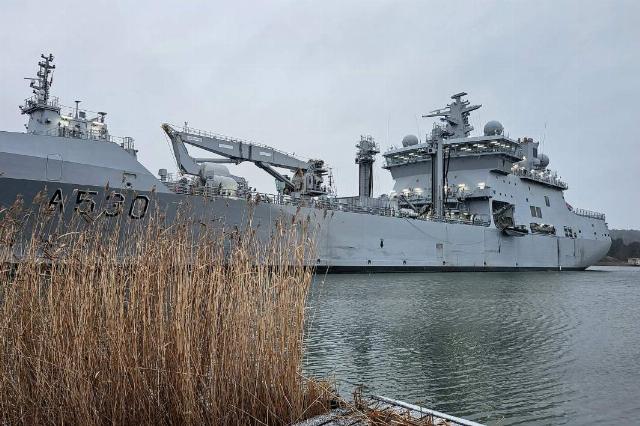
Photo: REUTERS/Anne Kauranen
Image source: iz.ru
— NATO has stopped hiding the goals of its alliance, — the expert reminded. — Through the mouth of the head of the NATO Military Committee, Admiral Rob Bauer, they declared that their alliance was ceasing to be defensive and would now prioritize offensive actions. This is not news to us, of course. No one has ever attacked them or even intended to do so. These are the NATO countries that bombed Yugoslavia, conducted operations in Libya, Syria, Iraq, Afghanistan and even visited Somalia. Now they are demonstrating their essence in Estonia. From there, they threaten the Novgorod, Pskov, and Leningrad regions. Another strategic goal for them is to block the Gulf of Finland by blocking our fleet there. It's not for nothing that the alliance ships came to Estonia the other day. Some of them will probably work out the marine component of such actions as part of the exercises.
The armies of the North Atlantic Alliance, of course, count on the suddenness of their actions on our western borders, Alexey Leonkov believes.
— After such exercises, they "forget" some of the military equipment in warehouses in the Baltic States, apparently hoping that, if necessary, it will be able to be started up and put into battle by "vacationers" who arrived at the place as tourists in civilian clothes, — Alexey Leonkov recalled. — But we are ready for this. All coordinates of such warehouses are recorded. More serious measures have been taken. For example, the Leningrad Military District has been created, whose missile systems shoot through the entire Baltic States. In the event of a threat, the Baltic Fleet will use all its means, including numerous small missile ships with "Calibers". There is also a VKS — our planes will not remain on the sidelines.
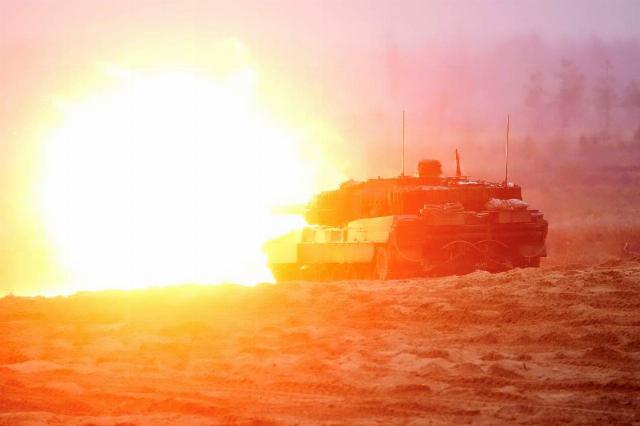
Photo: REUTERS/Ints Kalnins
Image source: iz.ru
According to the expert, the NATO headquarters games have shown that they will not hold the Suwalki corridor separating the Kaliningrad region and Belarus, and therefore the Baltic States.
"NATO needs the battles in the Baltic States to buy time for the concentration of forces in Eastern Europe," he said.
NATO exercises Pikne in Estonia
At the Pikne exercises, NATO forces are going to work out the rapid transfer of French, British and Estonian forces. In the first week, army units will focus on practicing such maneuvers in the regions of northeastern Estonia bordering Russia. At this stage, units of the French armed forces will conduct land and air operations to transfer forces to Estonia.
Then, live firing, including from heavy military equipment, will be organized at the Sirgal training ground. About two thousand servicemen from Estonia, Latvia, the USA, France and the UK will take part in them. The multinational NATO combat team stationed in Estonia, which also includes military personnel from Iceland, will also be involved.
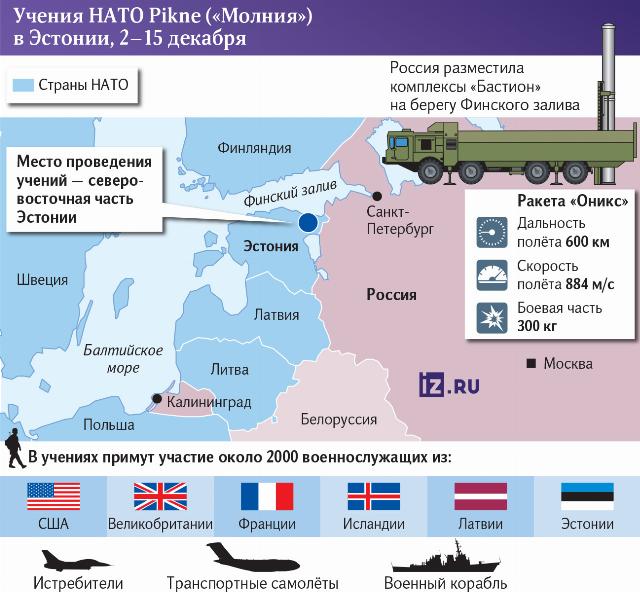
Within the framework of Pikne, the NATO Air Forces will conduct training flights of fighter jets and transport aircraft in Estonian airspace, including at low altitude, on December 2-8.
The ships of the First Permanent Naval Group of NATO will join the ground forces and the Air Force. One of them will take a direct part in the exercises.
The Pikne exercises are part of the NATO Brilliant Eagle program, which focuses on the deployment and cooperation capabilities of NATO countries in the Baltic Sea region.
Vladimir Matveev
Bogdan Stepovoy
